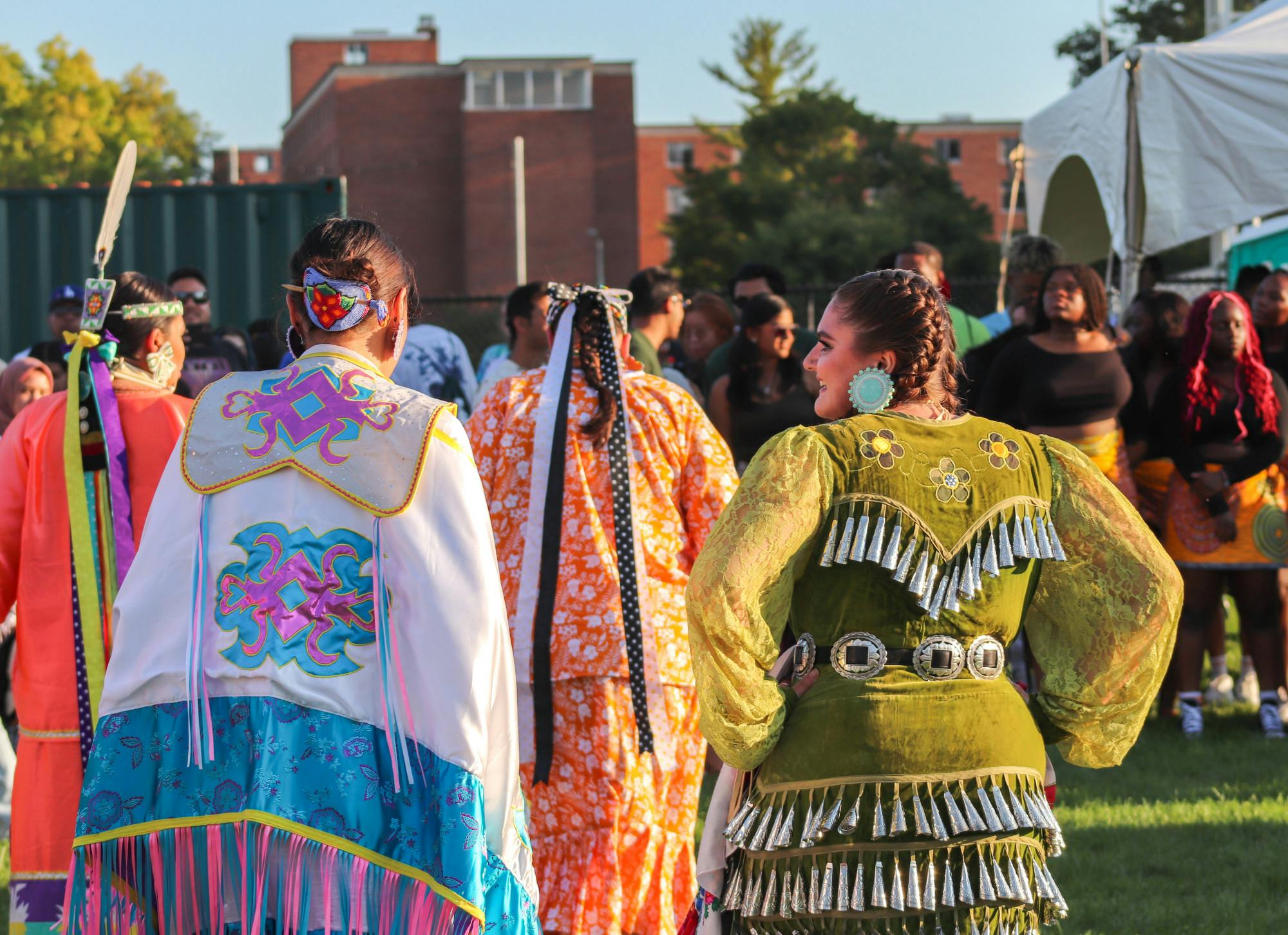Michigan State University is among 106 operational land grant universities, or institutions of higher education that benefit from the Morrill Act. The act granted federally controlled land to U.S. states to establish primarily agricultural colleges.
As Thanksgiving approaches, Indigenous students find it important to remember how the legacy of colonization permeates MSU, as stolen Indigenous land is the foundation of the land grant university system.
“We described (land grant universities) as being built on land that was ceded,” public affairs professor Anna Pegler-Gordon said. “Which is a legal term that, like a lot of legal terms, obscures the kind of violence … that we have in the United States.”
Pegler-Gordon said developments in research have shaped our understanding of land grant universities.
“It’s not just the land on which the university resides which is stolen,” Pegler-Gordon said. “But large amounts of the endowment of the university were from land that was stolen, in MSU’s case, from the entire upper, northern Michigan and the UP and a little bit of the thumb.”
According to MSU’s Land Acknowledgement, the university occupies the contemporary Lands of the Anishinaabeg: Three Fires Confederacy of Ojibwe, Odawa and Potawatomi peoples.
Social relations and policy junior Neely Bardwell, who is the co-chair of the MSU North American Indigenous Student Organization, or NAISO, said being reminded of this is an isolating experience.
“The university flaunts the fact that we’re a land grant institution,” Bardwell said. “There’s not really a broad understanding of what the implications (are).”
Social work senior and NAISO co-chair Roxy Sprowl said the effects of the Morrill Act go beyond stolen land.
“At Michigan State, Indigenous people have only been allowed acceptance to the university for a limited time,” Sprowl said in an email. “This has lasting effects on Native students in the present.”
Sprowl said Indigenous students at MSU have some of the lowest retention rates and highest dropout rates, as well as being the smallest racial/ethnic groups on campus. She said Native students at other land grant universities experience similar statistics.
Pegler-Gordon said land grant universities and all non-Indigenous people need to think about what it takes to change the racist colonial presence that continues to be inhabited.
“For example, South Dakota State (University) actually took all of their remaining Morrill Act resources and used it to assist Indigenous communities,” she said. “There’s a lot of opportunities to work with Indigenous communities. MSU has really not responded to this.”
In an email, Sprowl said she hopes MSU will change the name of Morrill Hall and drop the “pioneer land grant university” signage across campus. She said MSU needs to become more culturally competent towards Indigenous people and teach the history accurately.
Bardwell said many people don’t know that Thanksgiving is a holiday rooted in genocide and colonization.
“This time of year is very hard for us because of the lack of understanding of that notion,” Bardwell said. “For a lot of Native people, Thanksgiving is a day of mourning. I’ve done a lot of reflecting on what that means to me.”
They said NAISO’s main priority is to make sure that Native students feel safe and respected.
“I think that’s one thing that’s lacking on this campus a little bit,” Bardwell said. “Especially during this time of year, because of the way Native students are treated this time of year.”
Support student media!
Please consider donating to The State News and help fund the future of journalism.
Discussion
Share and discuss “What Thanksgiving means to Indigenous students at a land grant university” on social media.







